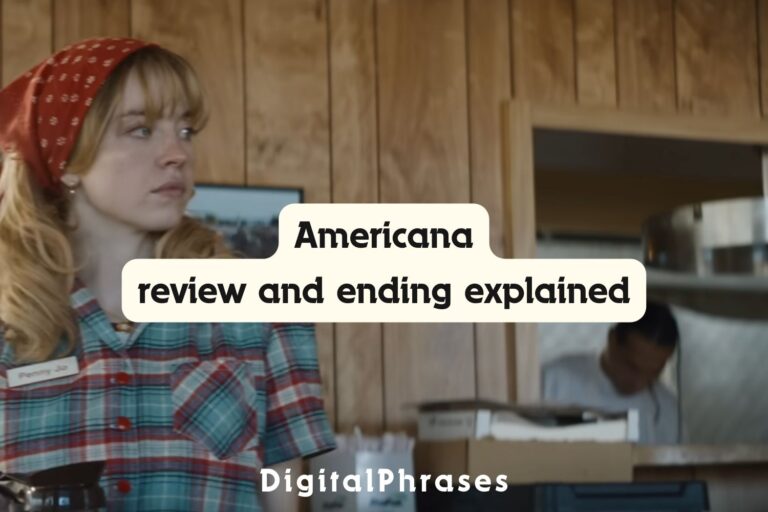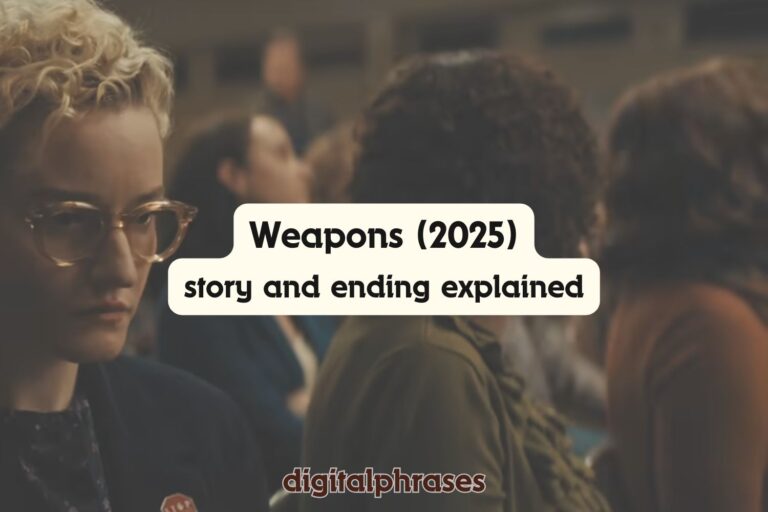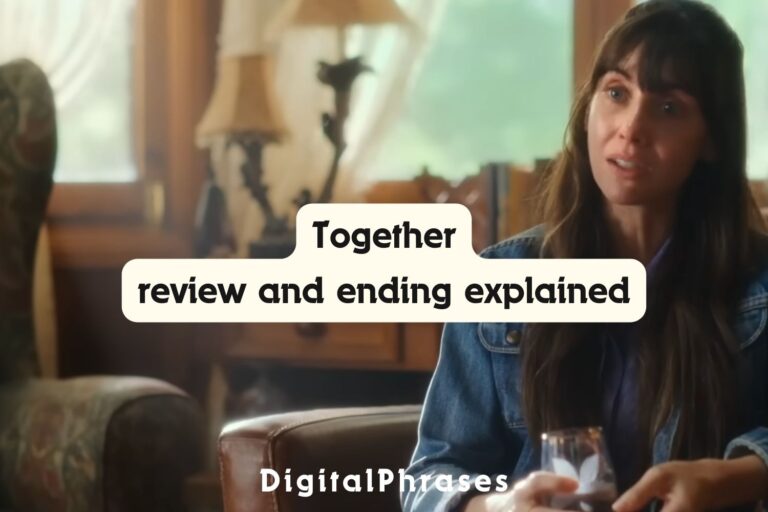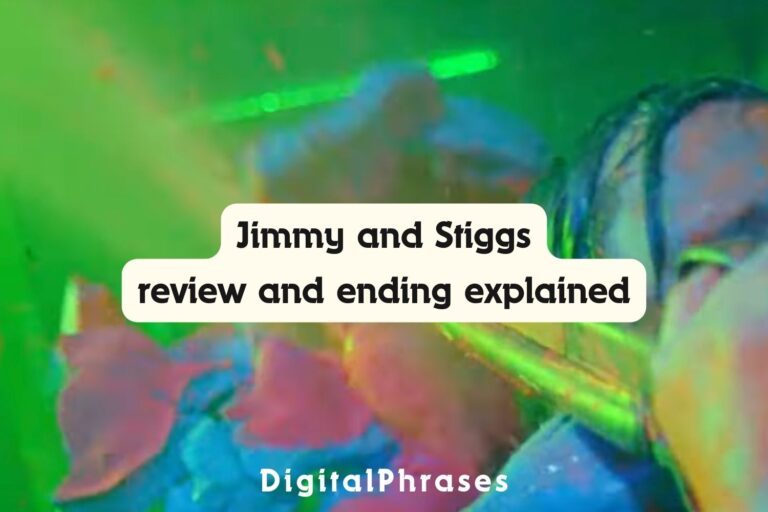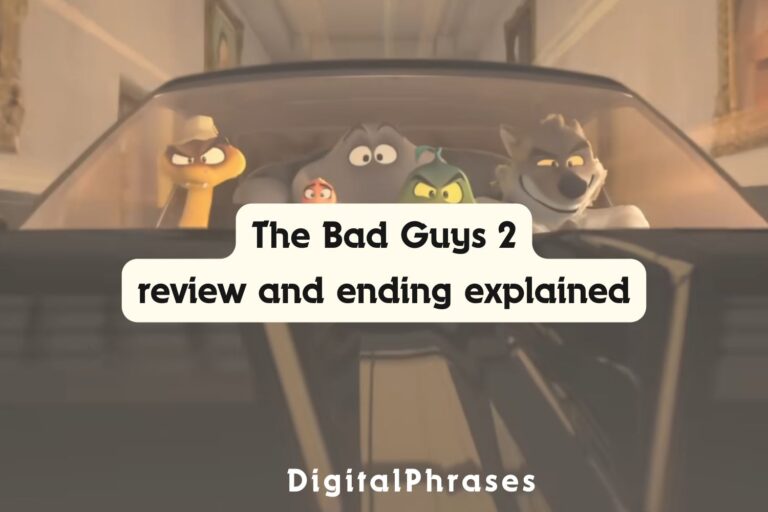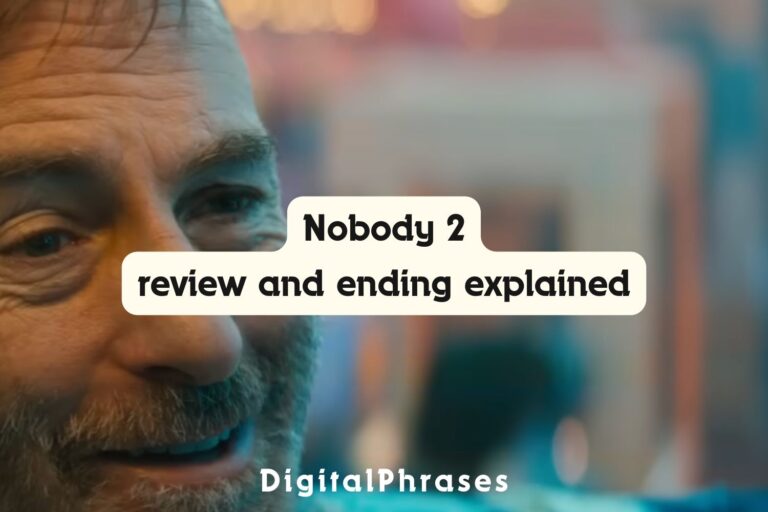War of the Worlds (2005) Story and Ending Explained
Steven Spielberg’s War of the Worlds (2005) isn’t just another alien invasion flick—it’s a high-octane, character-driven ride that blends sci-fi spectacle with the raw panic of survival. Based on H.G. Wells’ classic novel, it reshapes the 19th-century narrative into a post-9/11 allegory of fear, chaos, and resilience, all filtered through Spielberg’s eye for human-scale storytelling.
Table of Contents
Story Recap and Analysis
Now, let me walk you through this film’s story and its wild ending, and along the way, I’ll dig into why it still sparks debates among cinephiles nearly two decades later.
So, the film kicks off with Tom Cruise as Ray Ferrier, a divorced dockworker and part-time man-child who suddenly finds himself forced into the most unlikely role: protector of his estranged kids, Rachel (Dakota Fanning) and Robbie (Justin Chatwin). Spielberg doesn’t waste time.
Within minutes, we’re in the thick of it—tripods bursting from beneath the Earth’s crust, vaporizing everything in sight with their heat rays. And that detail—aliens lying dormant underground for millennia—is Spielberg’s modern spin on Wells’ idea. Instead of “Martians arriving from above,” they’ve literally been beneath our feet all along, a chilling metaphor for the threats we think are foreign but are actually embedded in our world.
Post-9/11 anxieties?
Oh, it’s dripping with them.
One thing I adore about this film is how Spielberg shoots the chaos through the lens of ordinary people. Remember that first attack sequence in Bayonne, New Jersey?
Spielberg uses long takes and handheld framing to immerse us in confusion. We’re not watching military commanders with a battle plan; we’re just running down the street with terrified civilians.
There’s even a Spielbergian trick here: the camera doesn’t cut away from Ray, so our perspective is glued to him—his panic becomes ours.
But here’s the kicker: while War of the Worlds is technically a blockbuster, Spielberg keeps the sci-fi at arm’s length for much of the runtime. He’s far more interested in the breakdown of human systems.
Think about that ferry scene. The tripods arrive, yes, but the real threat is the mob of desperate people tearing Ray’s family car apart. Civilization collapses way faster than the aliens blast it away.
This is vintage Spielberg cynicism—beneath his reputation as a sentimental director lies a guy deeply aware of human ugliness under pressure (go back to Jaws and you’ll see it too).
Now, cinephiles often debate whether Spielberg leans too heavily on melodrama here, especially with Robbie’s arc. Robbie is the teen who’s hell-bent on joining the military fight, essentially ditching his family mid-apocalypse. I know a lot of viewers groan at this, but it makes sense to me.
Robbie embodies a very American impulse—the desire to “do something,” even if that “something” is self-destructive.
His choice contrasts with Ray, who’s forced to embrace responsibility not by charging into battle but by simply keeping his kids alive. And in that way, the film sets up survival as its ultimate act of resistance.
Speaking of survival, the basement sequence with Ogilvy (played by Tim Robbins) is maybe the most divisive part of the film. On the surface, it’s a tension-filled hide-and-seek with alien probes.
But dig deeper: this scene is about Ray’s moral breaking point. Ogilvy’s unraveling paranoia mirrors what Ray could become—a father who loses his grip on reality. And that horrifying moment where Ray has to silence Ogilvy (off-screen, but unmistakably violent) is Spielberg showing us the lengths people go to when stripped of order and morality. It’s messy, and Spielberg knew it would unsettle audiences. That’s the point.
Ending Explained
Okay, so let’s jump to the ending—because this is where most cinephiles throw their hands up. The aliens, after annihilating everything in sight, suddenly keel over and die because of Earth’s bacteria.
To modern audiences, that feels anticlimactic. But here’s the thing: it’s Wells’ original ending, and Spielberg, for all his tweaks, stays faithful here. The brilliance of that twist is philosophical: humans didn’t win; we merely endured while the planet itself did the fighting for us.
Spielberg frames it as a humbling reminder that mankind isn’t the center of the universe. It’s not about victory—it’s about survival by accident.
And here’s where I think Spielberg sneaks in a sly commentary on American militarism. Throughout the film, the military is shown as powerless, their firepower useless against superior alien tech.
When the aliens finally fall, it isn’t because of a heroic last stand or a nuke—it’s because of the smallest, most overlooked organisms. For cinephiles who love Spielberg’s “ordinary hero” theme, this is the ultimate version: even humanity itself isn’t the hero. Life’s tiniest building blocks are.
Now, let’s talk about that final moment—the reunion. Ray finally delivers Rachel to her mother’s brownstone in Boston.
The framing here is pure Spielberg sentimentality: soft light, hugs, a quiet sigh of relief. Some critics hate it, calling it too tidy after two hours of despair. But I think Spielberg earns it. Remember, this isn’t a war movie in the traditional sense—it’s a domestic drama disguised as an alien invasion epic.
The story isn’t about defeating aliens; it’s about Ray transforming from a deadbeat dad into someone capable of putting his children first. The aliens die off-screen; the real climax is that embrace at the doorstep.
There’s also a fascinating intertextual layer. Spielberg, in 2005, was juggling War of the Worlds and Munich—two films steeped in post-9/11 trauma. Where Munich is about vengeance and the corrosive cycle of violence, War of the Worlds is about survival and family.
They’re like two sides of Spielberg’s response to the same cultural wound. And if you compare it to other invasion narratives—say Independence Day—you realize just how subversive Spielberg’s approach is. No rousing speeches, no triumphant explosions, just quiet survival and uneasy relief.
Another detail cinephiles love dissecting is Janusz Kamiński’s cinematography. The color grading gives everything a muted, almost ash-drenched look. It’s not “stylish” in the blockbuster sense; it feels scorched, drained of hope.
This pairs with Spielberg’s fascination with “light in darkness”—those blinding white searchlights cutting through night scenes, echoing imagery from Schindler’s List. It’s visual shorthand for the human instinct to look for order, even when the world has collapsed.
And let’s not forget John Williams’ score. It’s not soaring or heroic; it’s harsh, minimal, sometimes downright terrifying. It’s Williams stripped of his usual grandeur, reinforcing the sense that this story isn’t about triumph—it’s about terror.
So, to wrap this up: War of the Worlds isn’t Spielberg’s most beloved film, but it’s one of his most daring. It reimagines Wells’ tale not as a sci-fi adventure but as a survival horror disguised in blockbuster clothing.
The ending, often criticized, is in fact the perfect encapsulation of its themes: humanity doesn’t conquer, it endures, and sometimes enduring is the hardest, most heroic act of all.
And honestly?
That’s why I keep coming back to it. Beneath the spectacle, beneath the tripods and destruction, it’s just a story about a dad trying not to screw up when it matters most.
And isn’t that, in its own way, more terrifying and profound than any alien invasion?

